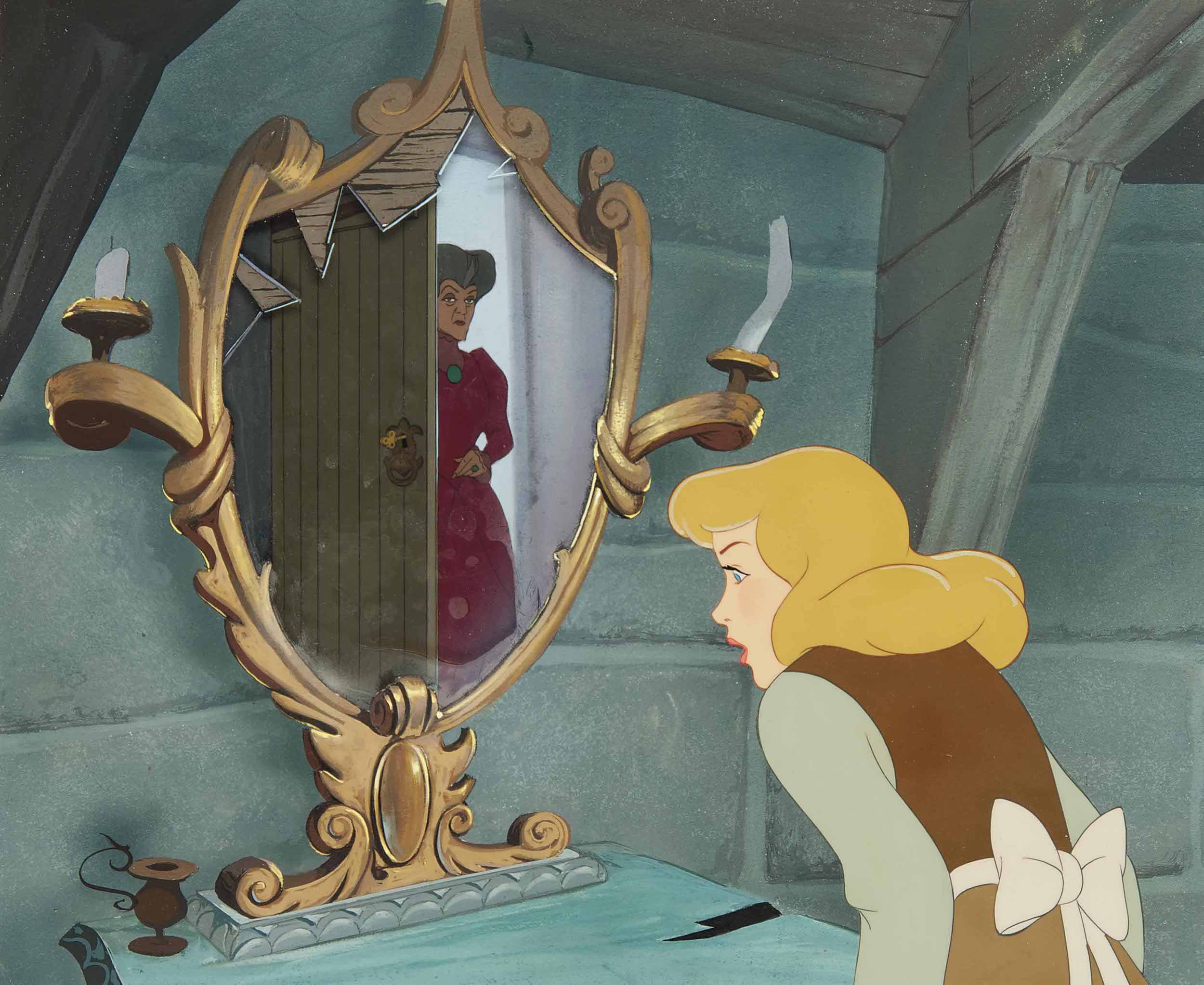Table of Contents Show
Looking back at the decades of children’s literature and film, you may have noticed a reoccurring archetype. The wicked stepmother was designed to be every child of a broken home’s worst nightmare. Their wickedness usually stems from jealousy (Snow White) or the desire for the father to love her more than his own children (The Parent Trap).
The father rarely intervenes in situations between stepmothers and his children, even if he’s alive in the story. This makes for the perfect antagonist for children. In this article, I have examined the wicked stepmother trope, from its growing popularity in the 19th century to why the trope works so well in storytelling.
Better a serpent than a stepmother!
—Euripides, Alcestis 438 B.C.E.
The Rise Of The Wicked Stepmother Trope
Why do wicked stepmothers keep popping up in literature and film? We’ll likely have Brothers Grimm to thank for that. In the 19th century, these two brother scholars worked to create collections of German folklore. Included were the stories of Snow White, Hansel and Gretel, and Cinderella, to name just a few that feature evil stepmothers. Why?
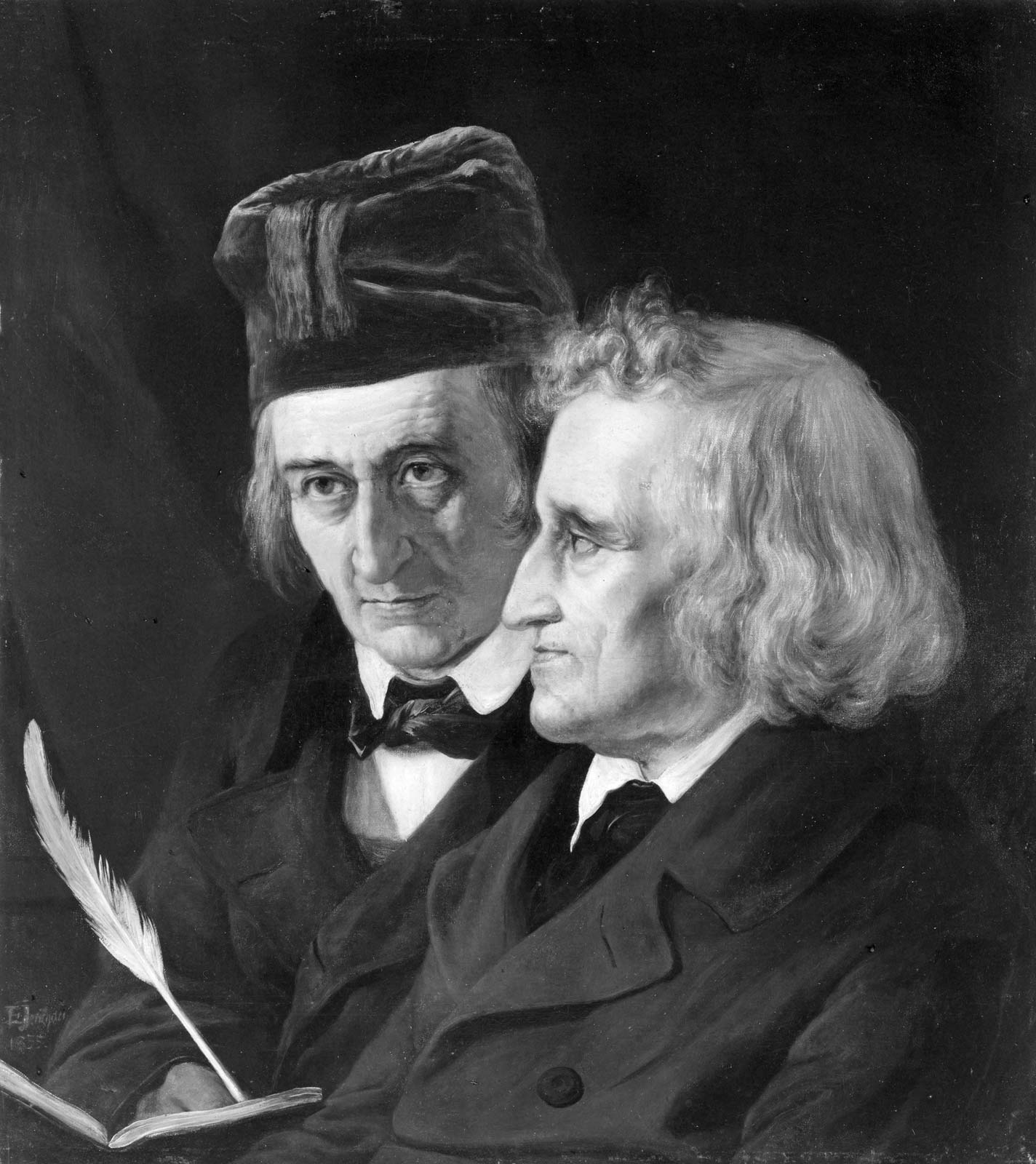
Think of how many women died in childbirth, resulting in fathers taking new wives. Certainly, jealousy and suspicion of “gold-digging” provided ample fodder for fairy tales featuring the new stepmother as evil. Does the story of Hansel and Gretel, two children abandoned in the forest by their stepmother, have roots in the European famine? There were reports of children being abandoned due to lack of being able to provide for them and even some tales of cannibalism.
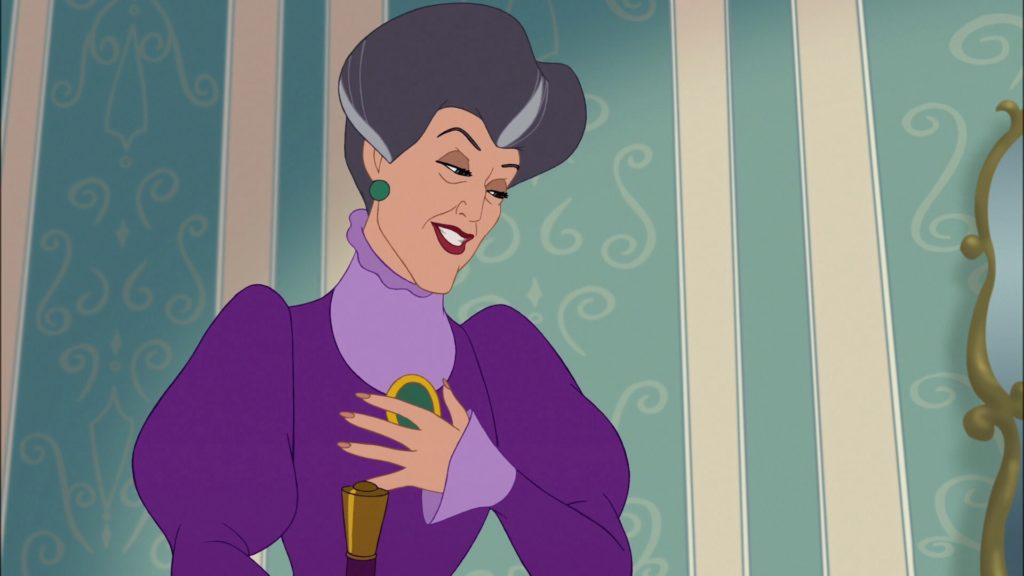
Regardless of its origin, these early classic fairy tales, many later picked up by Disney to become truly mainstream, have forever sealed the fate of stepmothers everywhere as presumed wicked until proven innocent.
I was but seven year auld
-—The Laily Worm and the Machrel of the Sea, 1904
When my mither she did die;
My father married the ae warst woman
The warld did ever see.
Disney’s Use Of The Wicked Stepmother Trope
If you didn’t know, a lot of Disney’s classic animated films are retellings of popular fairy tales of the 19th Century and even earlier. Disney brought these classic, dark fairy tales to life by turning them into G-rated animated films.
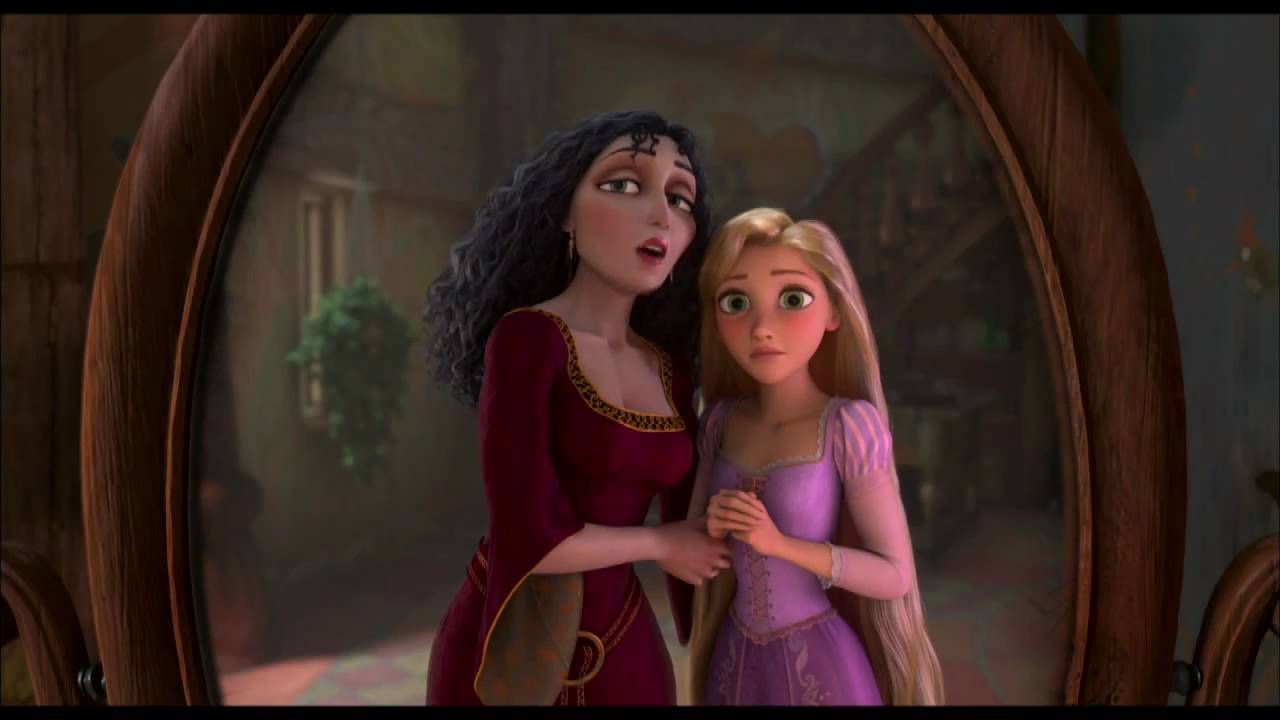
Disney was smart to tame the gore and violence in his early animated features that came from the original works from European folklore. For example, in the brothers Grimm’s original story of Cinderella, called Aschenputtel, the stepmother had the stepsisters cut off pieces of their feet in order to fit into the glass slipper. Could you imagine parents allowing their children to watch an animated version of that? I don’t think so.
The use of the wicked stepmother in Disney films also creates heightened drama for its main characters. Usually, mothers stand to be the loving, caring figures in a person’s life. However, when that is not the case, characters are faced with yet another obstacle to overcome.
What Makes The Wicked Stepmother A Great Antagonist?
The wicked stepmother makes for a great antagonist for many reasons. For one, many people can relate to the idea of not liking a stepmother. They’re outsiders coming into a family, which can be really hard on children. It is not uncommon for stepmothers and stepchildren to not get along, so seeing the evil stepmother in literature and film is very relatable for them.
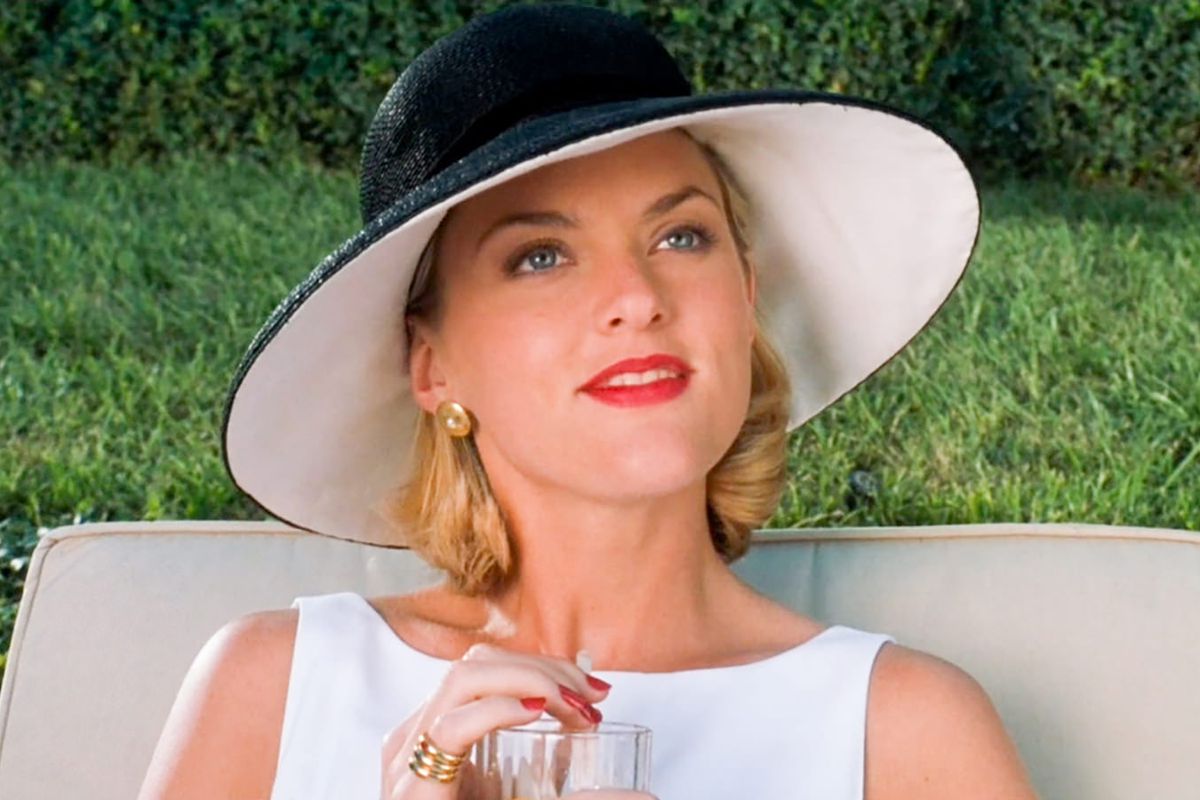
The most successful stories begin with a troubled past. If the main character in the story comes from a happy home with no problems, that doesn’t provide much excitement. It also means that whatever trouble the main character has, their parents could just fix it for them. So, the easiest thing to do is take one parent or both out of the equation, and adding an evil guardian is icing on the cake for an exciting backstory and an obstacle for our main character to overcome. Imagine if in Tangled, Rapunzel was never taken by the evil witch. What kind of story of escape and adventure would that be? There would be no story.
The Wicked Stepmother Is Timeless
The wicked stepmother has managed to seamlessly transition through the centuries and still remains relevant and popular today. That is because of how versatile the trope is and how it can be constantly updated to fit modern themes. The potential for conflict between stepmothers and stepchildren is inevitable, making the wicked stepmother trope a timeless plot device.
